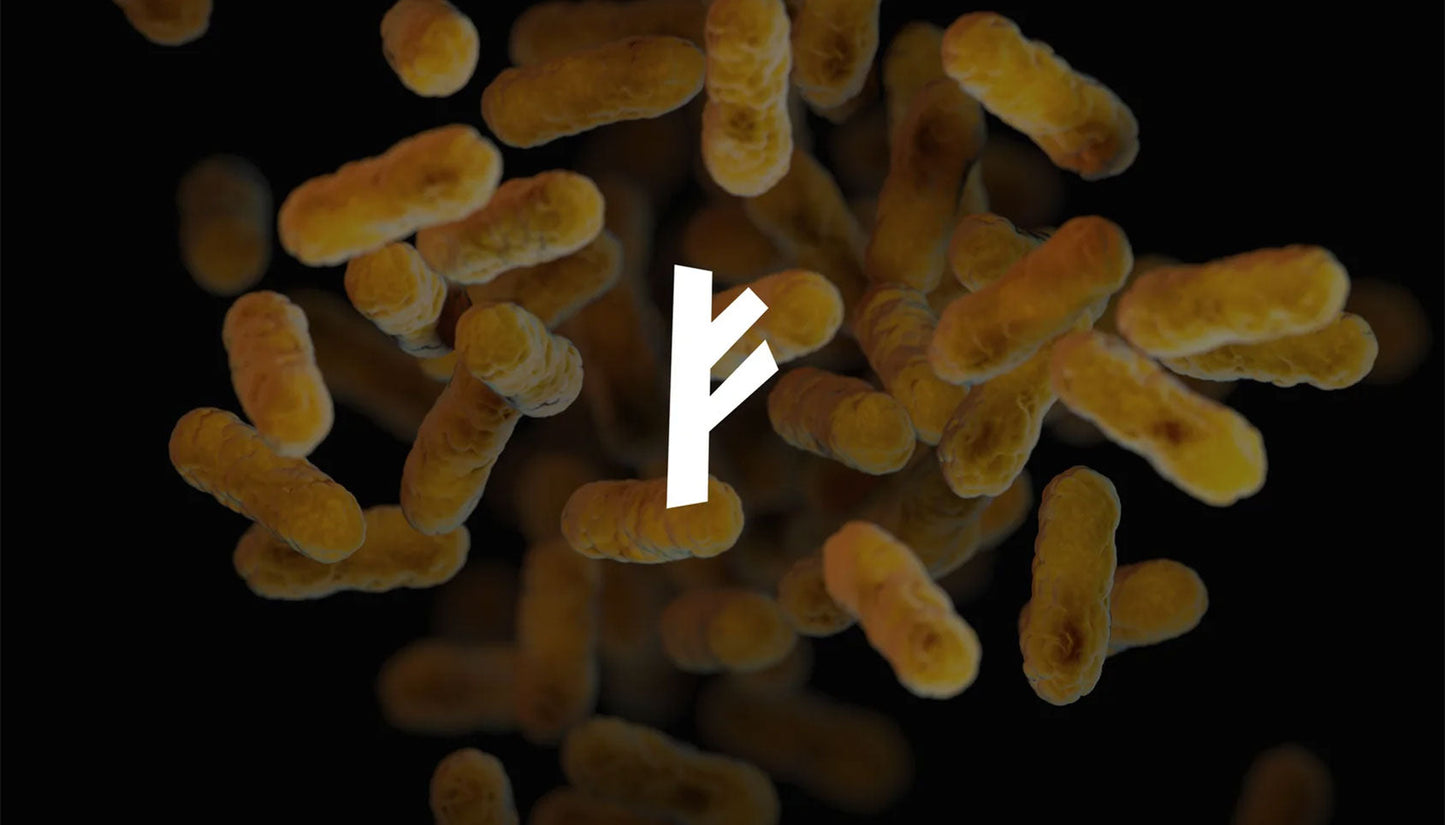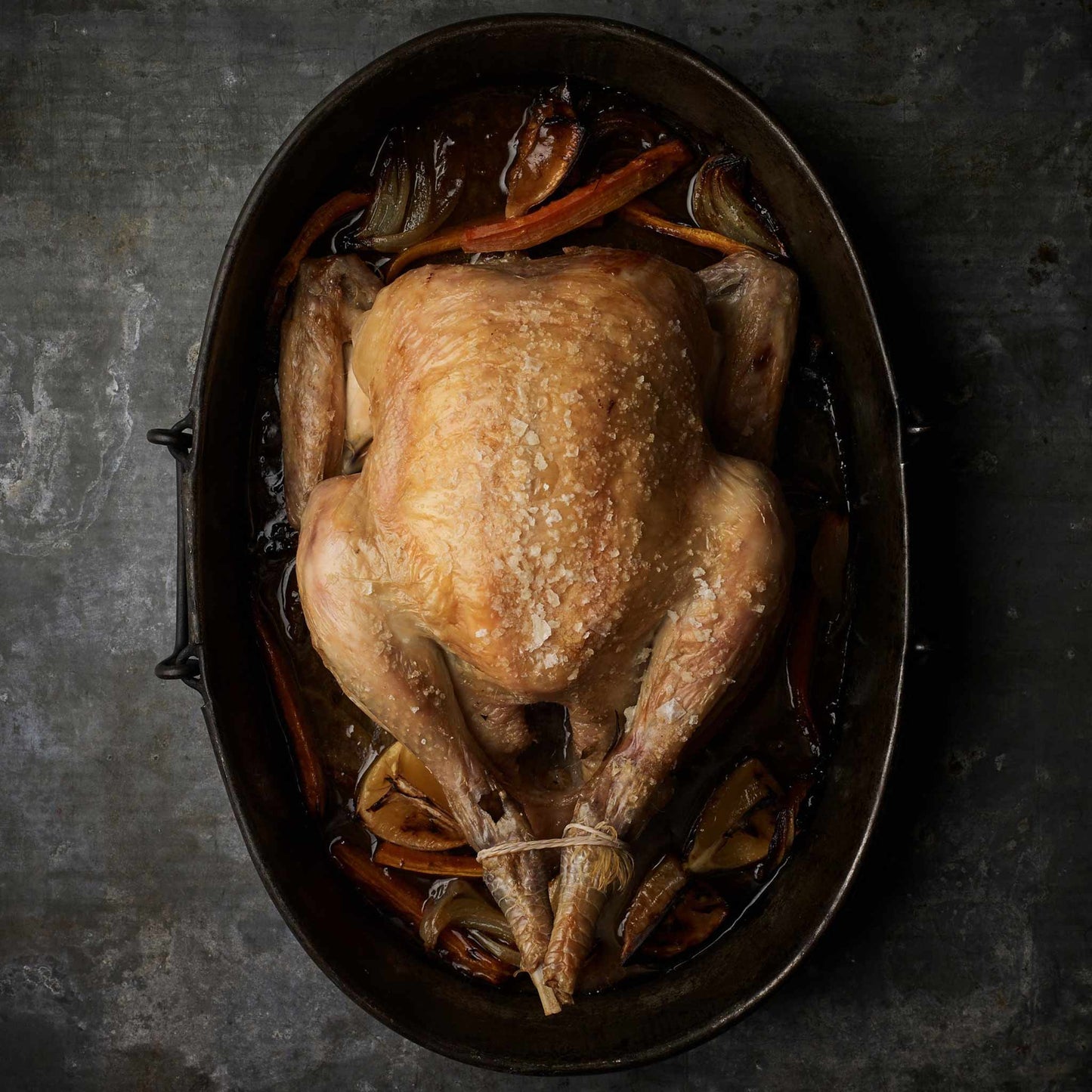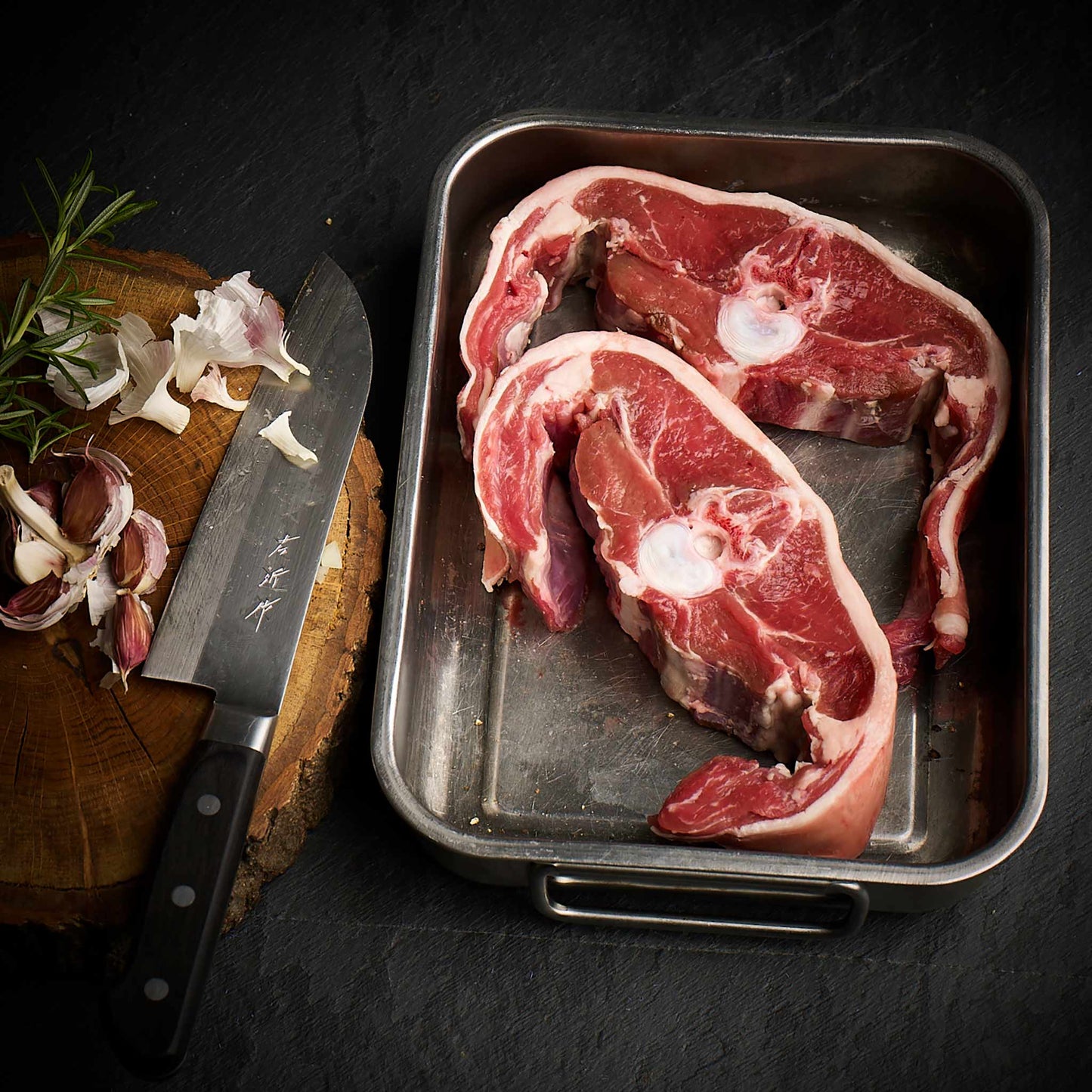We source our chicken from one farm in Leicestershire. The farm is Pasture for Life certified and rears truly free range, outdoor birds.

By Teri Clayton – Founder of My Biome Box
We need to make a stronger case for natural solutions. We must take a stand against the destruction of resilient, healthy, life-enhancing farming systems. We need to move beyond germ theory and understand the extraordinary benefits of microbes.
The potential for balance
When we first began to test the germ theory in practice – it changed our lives for the better – it was indeed progress. Learning that invisible microbes in our environment somehow played a part in the development of disease allowed us to develop medicines that prevented people dying prematurely and alleviated much unnecessary suffering. The germ theory offered up hope, a better way of life and less need to fear.
As with all theories, however, the germ theory was just the tip of an iceberg that would lead scientific exploration deeper into better understanding the microbial world around and within us.
Today we understand that microbes are involved in disease, but only under certain circumstances. An organism might cause rampant disease in one organism, but prove to be benign, or highly beneficial, in another. While it is true that some microbes are more likely to cause disease, it is now apparent that it is inaccurate to label microbes as simply good or bad. It is, in fact, all about balance.
Organisms within an ecosystem interact in a variety of ways. Some compete with one another for resources, releasing antibiotic-like compounds to suppress the growth of their competitors. Other organisms work together to render nutrients more bioavailable, building a symbiotic alliance. Within the complex web of interactions between diverse organisms in a system, a harmony of sorts emerges, where it becomes very difficult for one particular organism to get out of balance.
Given our new understanding of how diverse microbes can evolve into greater balance through developing complex interwoven relationships, we have now evolved beyond the basic germ theory. This should be celebrated as a great cause for hope, a way forward to create a better way of life and less need to fear disease arising from the natural world.
It’s time to begin applying our new understanding of the invisible world around us and evolve our methods for dealing with disease and imbalances. There are now evolutionary potentials available to us to create a more harmonious way of life with less disease, less premature death, improved quality of life and less fear-based control over the natural world.
Our current approach to disease, based on the original germ theory, sees us attempt to fight, attack or destroy organisms that we believe are causing disease. When we apply this approach to agriculture, we have tried-and-tested methods that allow us to kill organisms we perceive to be detrimental – from weeds and intestinal parasites to insects and viruses.
While this might yield short-term improvements and profits, and temporarily reduce symptoms of a diseased system, it does in fact sow the seeds for long term breakdown, creating long-term instability and unexpected consequences, and destroying the resilience of individuals and systems.
For this reason we now understand that we must reduce our reliance on reductionist approaches and evolve into more proactive practices that take into account the bigger, longer-term picture.
Until now, our risk-benefit analysis of current methods has not taken into account the (previously unrecognised) long-term damage that our reductionist measures are causing. We urgently need to evolve our thinking, processes, analyses and systems.
We should now be applying our evolutionary knowledge to agriculture to create a better way forward, facilitating greater diversity and complexity of relationships between organisms and subsequently creating healthy, productive and resilient ecosystems.
There are many ways we can do this, but essentially it is about encouraging as much functional diversity as possible within our agricultural systems. First, however, we need to let go of imbalanced approaches, based on outdated, reductionist science – that focus on fighting and destroying life, as well as setting the stage for the collapse of our farming systems.

Destructive measures
Let’s look at the latest example of the measures put in place to control an outbreak of avian flu. As we headed towards Christmas, commercial poultry operations reached peak numbers and everyone was informed they must bring their birds indoors, away from contact with wild birds.
For free-range farmers who keep their birds outdoors, this was a huge blow during very challenging times, but given our current way of viewing disease it seems an entirely reasonable precautionary measure and perhaps necessary given the current level of understanding.
Where the logic for this approach breaks down, however, is when you begin to zoom out and look at the bigger, longer-term picture, alongside our evolved knowledge of microbes and disease. From this perspective it is easy to see that this approach is causing far more harm than good and will eventually destroy our livestock industry, so let’s explore further.

We know that bringing free-ranging birds indoors is highly stressful for the birds, especially if the indoor coops do not permit the birds to exhibit their usual behaviour. Keeping stressed-out birds locked up in coops together increases the chances of diseases breaking out, as it reduces airflow, increases exposure to imbalanced microbial numbers, depletes the birds' immune systems and reduces their capacity to absorb nourishment from their food.
Indoor birds also require closer daily contact from farmers, which increases the likelihood of spillover infections jumping from bird to human. There is a great deal of concern about spillover infections involving avian viruses and human transmission, and we must be extremely careful about increasing the chances of this happening.
There is a very real and imminent risk of spillover infections collapsing our entire poultry industry, and we must exercise extreme caution before making decisions that increase the likelihood of such an event happening.
We also now understand that the best protection against diseases in livestock involves raising animals in healthy, microbially diverse ecosystems, ideally combining or rotating different species of animal to reduce pests and enhance the numbers of beneficial organisms. Removing poultry from healthy ecosystems is therefore likely to be a riskier approach overall than simply leaving them where they are.
Another strategy employed in a bid to contain the avian flu virus is to cull birds who test positive or have had close contact with positive cases. This approach once again has proven effective in the short-term – but we are now beginning to understand that it removes the capacity to develop natural immunity and long-term resilience. Nature can evolve natural resistance to outbreaks of disease and our ancestors were able to select animals that carried the genes for strong natural immune defences. Yet where our ancestors kept and bred from immune animals, we cull them., once again sowing the seeds for the destruction of resilient animals and driving us towards a collapse of our livestock industry.
We also see this with TB in cattle; any animals that show signs of being a ‘reactor’ are culled – despite the fact that they have evolved natural immunity to the disease and could well be the solution to preventing the spread of TB between livestock and wildlife in the future.

Regarding TB, Angus Clarke, regenerative agriculture consultant and farmer at Waterloo Cottage Farm in Northamptonshire says: “The interaction between cattle and badgers is the result of two failed policies colliding: TB control and badger protection. The TB test is based upon the animal giving a positive reaction to TB; this indicates that the animal has got or had TB.
However, unless the animal is showing symptoms, these are the animals that have successfully fought off the infection and are now immune. The reluctance of government to change the test is about cost and the export market.
Vaccinating cattle has always been described as not effective, however the same government groups advocate vaccinating badgers as a preventive. As cattle move from field to field they will come into contact with badgers from various sets; thus infected sets infect cattle, who then move to pass the infection to new sets.
As regenerative farming becomes more popular and soil health improves, we are creating more food for badgers, with bugs, grubs, worms and small animals, which will help increase the population of badgers.
However, (conventional farm crops such as) maize have very high energy but little else nutritionally. Badgers love maize – they roll the stalks over and eat the cobs, and as maize is a late-harvesting crop the badgers have plenty of time to decimate a field. Consuming the carbohydrate burns magnesium and has been shown to impair both animals' immune systems. Thus in areas where maize is used as a feedstock for cattle, both species become immune suppressed while increasing the feedstock for the badgers and then the population.
Badgers are a top predator and not controlling their numbers has resulted in large numbers feeding on food that does not promote health, creating groups of sickly animals infecting the cattle. Having a smaller population with access to high-quality natural food, choosing the sets to keep near grasslands and away from crops like maize will create a population of fit and healthy badgers that can become immune to TB and stop the vector.
Building up a herd of animals that create either beef or milk the way a farmer wants takes generations and having them all culled has devastating effects on farmers, with several committing suicide as they see their life's work disappear. The British Government will not give farmers the option to vaccinate and have their animals restricted to UK markets.”
Foot and mouth disease is dealt with through culling also. Given the dramatic economic consequences it poses for farmers, few can see a way around this. Yet the issue is not the disease, but the systems that it interferes with. We need to be looking at adjusting systems instead of culling animals.
Angus Clarke expands the foot and mouth policy issues further: “It is almost the same story for Foot and mouth, with the wild population of deer being the vector. Because the outbreaks are usually years apart, the native deer population loses its immunity. So when we get an outbreak in grazing animals it is possible for the infection to get into the deer population, and then spread as they come into contact with the sheep and cattle out in the fields, often miles away.
However we don’t find deer carcasses lying on the disused railway lines and woodland because they get over it! The devastation created in the farming community from farmers having their animals slaughtered and incinerated along with the associated suicides scars farming families for years to come.
A study of Dutch dairy farmers recovering from the 2001 outbreak showed significant mental health issues caused by the stress. Farmers who were affected showed increased issues, but those not affected also reported issues. Other countries use vaccination as the control method and then slaughter when appropriate. In 2001 an outbreak in Holland was controlled by vaccination and then all animals were culled within a short period of time afterwards.
Many farmers objected to the healthy vaccinated animals being culled but none managed to save their lives, yet strong public opinion has changed this Dutch policy. Many countries vaccinate as a matter of course to avoid the problem in the first place. Again it is all to do with export markets.
We are now facing extreme challenges in agriculture as we deal with the loss of biodiversity and the resultant reduction in ecosystem complexity – more frequent disease outbreaks will undoubtedly result. If we continue to solve current disease by sowing the seeds of more disease, we will only destroy our livestock industry entirely, leaving us increasingly reliant on technological and pharmaceutical solutions to produce enough food.”
The direction of innovation and research is increasingly skewed towards finding technological or pharmaceutical solutions, as this is where investment and funding are easiest to come by.
As we find ourselves living within systems that are almost entirely reliant on technological and pharmaceutical organisations, we need to make a stronger case for (and offer greater support towards) finding natural solutions and make a stand against the destruction of resilient, healthy, life enhancing farming systems.
If we truly wish to step into the potential that is available for human civilisation based on greater balance, with less fear of disease, less suffering and reduced premature deaths, we will have to take steps ourselves.

It is not going to appear by itself overnight. It is clear that the old must make way for the new – but will there be enough people building a positive natural alternative, or will we see our food system follow the profits, collapsing into reliance on technology and pharmaceuticals? It doesn’t take many people to build viable alternatives – but it will be immensely challenging until enough people recognise and value our capacity to produce our own food from our own land, without becoming reliant on big tech or pharma.
We now have the choice to embrace our evolved understanding of disease. Will we protect the ability to produce our own food from our own land, or continue to fight, attack and annihilate natural systems, which will inevitably see our food production brought under the control of large corporations.
If we don’t begin to act in a powerful way, we risk the imminent collapse of our livestock farming industry and the loss of small scale livestock farming.
It’s easy to follow the money and innovate in ways that support the growth of large corporations, but it’s not so easy to support small scale farmers and create something that offers everyone real wealth.
Few will choose the harder path that demands hard work, critical thought, courage and determination – but if we don’t, all life now and well into the future will suffer unnecessarily.
Teri Clayton – December 2021
Contact: teriallenabc22@gmail.com
About My Biome Box
Biome Box was created to support the recovery of nature, while also enhancing dietary diversity for all (including worms, snails, birds and bees). This provides a diverse diet to feed our gut microbiome too! We achieve this through supporting small-scale growers to increase the diversity of life above and below the soil. Our growers use a variety of agro-ecological methods including 'no dig' approaches, planting perennial systems such as forest gardens, and increasing edible wild spaces.



